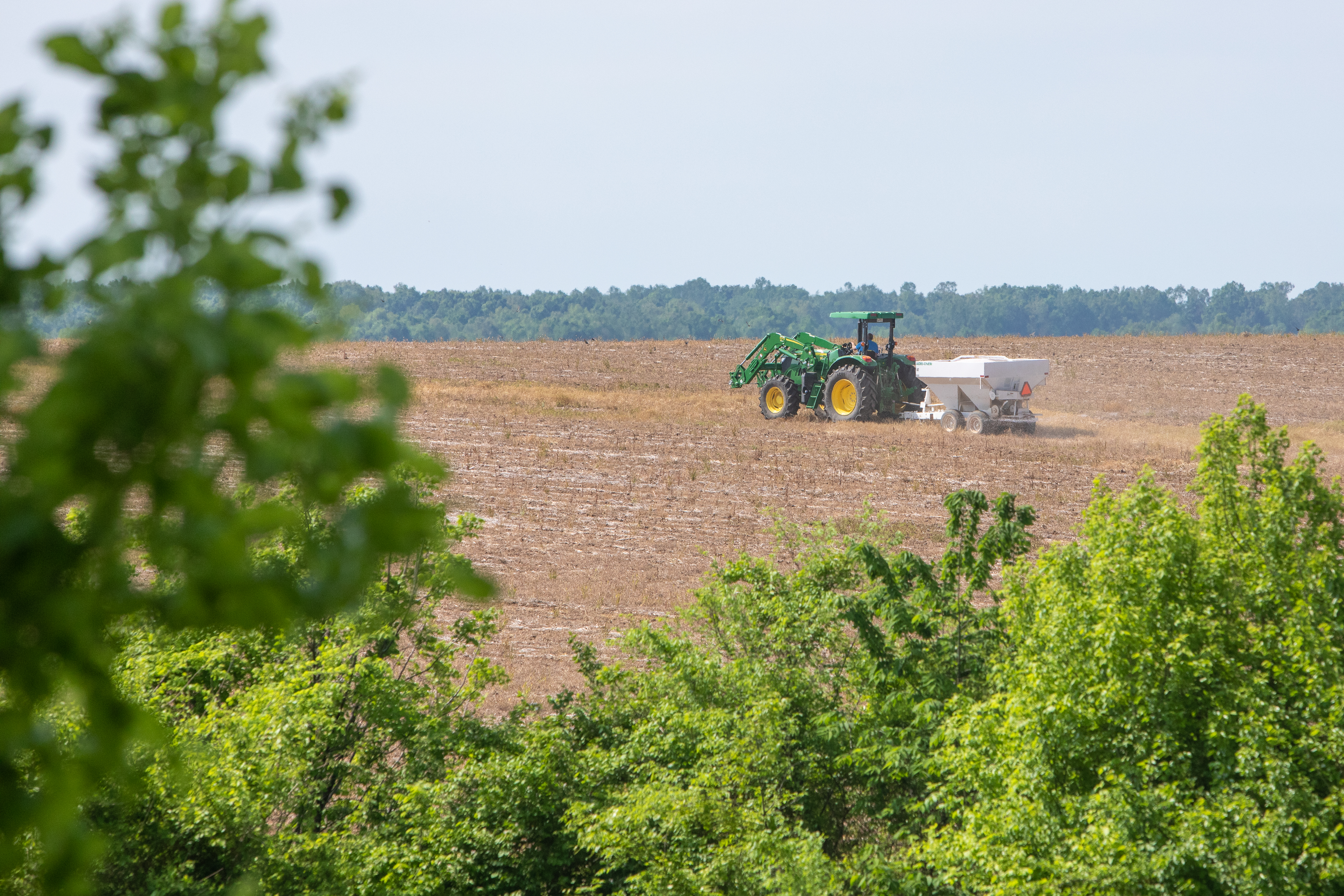Don't forget the fertilization basics

At the Alfalfa and Stored Forages Conference held in Bowling Green, KY., earlier this month, Edwin Ritchey discussed the core principles of nutrient management in forage systems. The extension soil specialist with the University of Kentucky began his presentation by stressing the importance of taking a representative soil sample that includes at least 20 soil cores collected at the proper depth.
“The first step in a successful soil fertility program is soil testing, and the first step of successful soil testing is soil sampling,” Ritchey asserted. Avoid pulling soil samples in pastures near feeders and waterers, as well as other areas where animals congregate and manure accumulates. And in terms of soil testing frequency, Ritchey suggested the higher the forage removal rate, the more intensive soil sampling must be.
For example, a hayfield that is cut multiple times a year should undergo more frequent soil testing, and thus more frequent fertilization, than a pasture where livestock graze and add nutrients back to the system. No matter how often soil is sampled, though, Ritchey emphasized doing so at roughly the same point in the growing season every time. “If you compare a fall sample to a spring sample, there are going to be differences,” he said.
Once you have the report returned then make sure to consider the recommendations. It is generally accepted that the higher the soil test nutrient value, the less yield response with each additional unit of fertilizer there will be. In other words, maximizing forage yield with greater rates can become less cost-effective, also known as the law of diminishing returns. Overall, he recommended adjusting soil pH in pastures and hayfields before applying fertilizer to ensure the added nutrients are as effective as possible.
-Excerpt of article by Amber Friedrichsen for Hay and Forage Grower, Feb. 20, 2024. Read the entire article and sign up to subscribe to the online and/or physical copy of the magazine at hayandforage.com.

